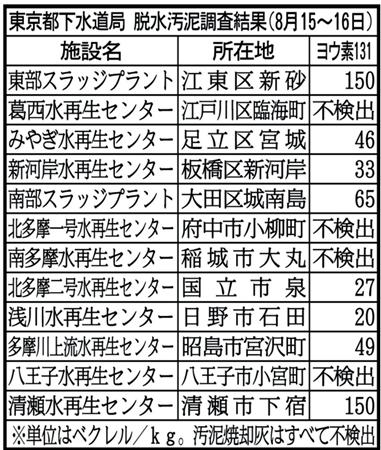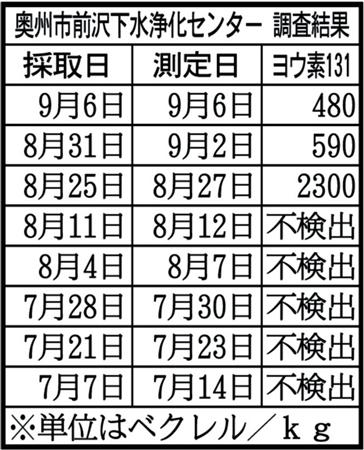And how about plutonium?
– Huge Amounts Of Neptunium 239 Detected 60 Km From Fukushima!!!:
To recap, uranium-239, whose half life is about 24 minutes, decays into neptunium-239 with a half life of about 2.5 days, which then decays into plutonium-239 whose half life is 24,200 years.
– Fukushima cesium contamination widespread but less than Chernobyl (Asahi, Sep. 14, 2011):
An extensive area of more than 8,000 square kilometers has accumulated cesium 137 levels of 30,000 becquerels per square meter or more after the accident at the Fukushima No. 1 nuclear power plant, according to Asahi Shimbun estimates.
The affected area is one-18th of about 145,000 square kilometers contaminated with cesium 137 levels of 37,000 becquerels per square meter or more following the 1986 Chernobyl accident in the former Soviet Union.
The contaminated area includes about 6,000 square kilometers in Fukushima Prefecture, or nearly half of the prefecture. Fukushima Prefecture, the third largest in Japan, covers 13,782 square kilometers.
The government has not disclosed the size of the area contaminated with cesium 137 released from the crippled Fukushima No. 1 plant. Cesium 137 has a long half-life of about 30 years.
The Asahi Shimbun calculated the size of the contaminated area based on a distribution map of accumulated cesium 137 levels measured from aircraft, which was released by the science ministry on Sept. 8.
The estimated size may increase in the future because the distribution map will be subject to corrections and because it currently covers only five prefectures.
Read moreJapan: Area Of More Than 8,000 Square Km Accumulated Cesium-137 Levels Of 30,000 Bec/Sq Meter



